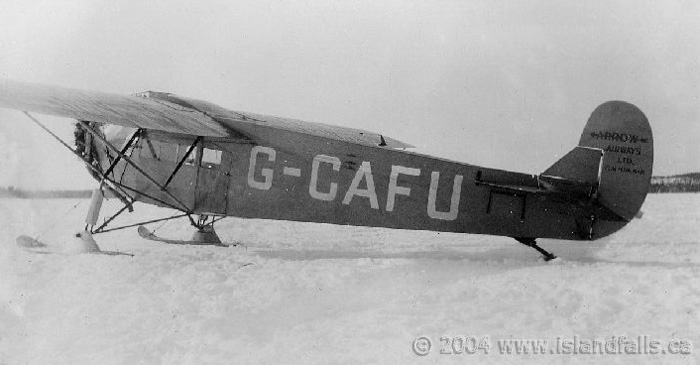Crash of a Canadian Vickers Stranraer in Ucluelet: 4 killed
Date & Time:
Dec 30, 1941 at 0850 LT
Registration:
928
Survivors:
Yes
Schedule:
Ucluelet - Ucluelet
MSN:
CV-214
YOM:
1941
Crew on board:
8
Crew fatalities:
Pax on board:
0
Pax fatalities:
Other fatalities:
Total fatalities:
4
Circumstances:
The airplane was returning to base at Ucluelet following a patrol operation with only one engine operating. As it could not maintain height, it crashed in a dense wooded area located half a mile south of the airbase, bursting into flames. Four crew members were killed and four others were slightly injured.
Crew:
F/O Robert Jamieson Gray, pilot, †
Sgt Martin Neil McKay, copilot, †
P/O Albert Cecil Scruton, navigator, †
Cpl Willard John Zenkie, radio operator, †
Cpl G. Atkinson, radio operator,
Sgt L. A. Davies, wireless operator,
Sgt A. G. Gordon, wireless operator,
Sgt F. A. Rogers, air gunner.
Crew:
F/O Robert Jamieson Gray, pilot, †
Sgt Martin Neil McKay, copilot, †
P/O Albert Cecil Scruton, navigator, †
Cpl Willard John Zenkie, radio operator, †
Cpl G. Atkinson, radio operator,
Sgt L. A. Davies, wireless operator,
Sgt A. G. Gordon, wireless operator,
Sgt F. A. Rogers, air gunner.
Probable cause:
Engine failure for unknown reasons. Error in judgment of pilot in not flying at a great enough height over land.
Final Report:






